Water restrictions: Experts tell how to save your garden
Level 2 water restrictions don’t have to mean abandoning your precious plants to the elements

NSW
Don't miss out on the headlines from NSW. Followed categories will be added to My News.
With Level 2 water restrictions now in effect, NSW is facing the harshest water restrictions in a decade. Despite this, Australians want to continue to maintain their gardens as plants don’t only reduce stress and purify the air, they are important during all climate conditions, especially during times of drought.
Flower Power horticulturalist Octavia Jones says not only do plants release oxygen and absorb carbon dioxide, they provide wildlife with habitat and create shade. While reducing water usage is important in times of drought, there are still ways to maintain your garden.
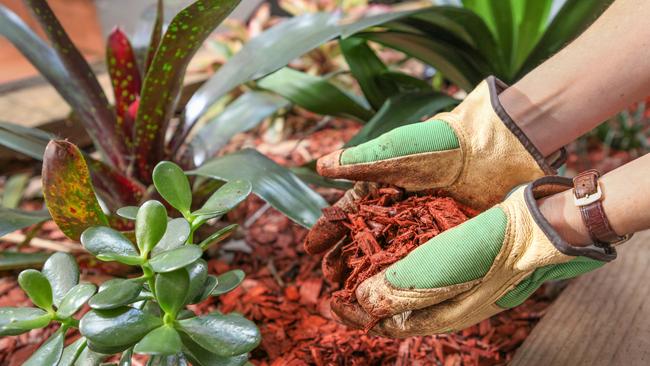
“When watering with a bucket or watering can (before 10am and after 4pm) make sure you water direct to the root zone, at the stem of the plant. It’s also important to water plants deeply, less often as it helps strengthen water uptake and teaches plants to expect less water. Also, avoid watering foliage. Not only does it reduce evaporation of water, it also helps prevent pests and disease.”
Adding a seaweed solution to the watering can or bucket will help plants retain water and remain hydrated for longer.
MORE: LEVEL 2 WATER RESTRICTIONS EXPLAINED HERE
If you’re just starting a garden, look for plants that can thrive with limited water such as bottlebrush, frangipani and iris.
And know your soil type and sun direction before you start.
Indoor plants can also be watered deeply when the leaves are drooping, but less frequently.
“In summer they may need water about once a week, they don’t need sprinkling every day. Most plants actually prefer this, and they become more tolerant of dry periods and use water more productively,” says Octavia. “Over watering, or ‘too much love’ will actually kill the plant.”
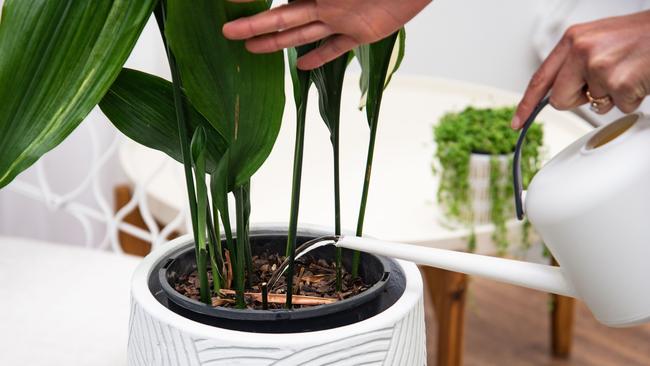
SHOWER SAVER
When we enter a drought, people tend to think they won’t be able to look after their garden, says Narelle Peart from Scotts Australia, but there’s still plenty to do while being waterwise.
“Recycling water and using water smart products can ensure your plants receive all of the correct nutrients and continue to thrive as best they can throughout the drought,” Narelle says.
“When you are waiting for your shower to reach that optimal temperature, all of your pre-shower water is washed down the drain and wasted. Try placing a bucket underneath the water stream to collect as much water as possible. This excess water can then be used to water the grass and garden.”

TIMER TIME
Restrictions dictate that watering should be done before 10am or after 4pm, but can you commit that to memory? Gardening aides like the RainBird 8 Station Outdoor let you control your watering through your mobile, no matter where you are.
“You can create several watering settings according to the needs of each section of your garden to ensure that plants stay healthy while paving and walls stay dry,” horticulturist Melissa King says. “Another good gadget idea is a rain sensor, which prevents unnecessary watering. It can connect to most irrigation system controllers and shuts off when it rains.”
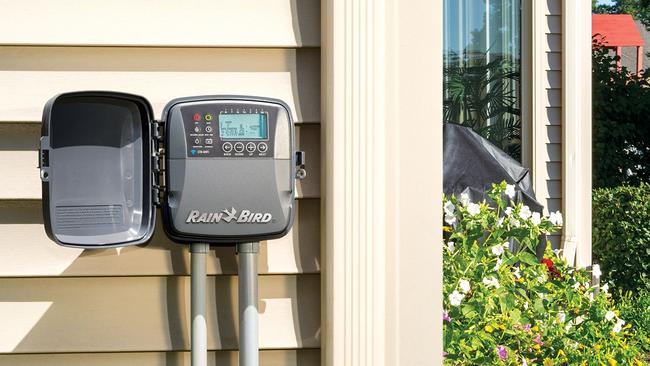
MAGIC MULCH
Mulching has several benefits for gardens, including reducing the amount of moisture lost from evaporation. Make sure you apply generous layers of mulch over your gardens, pots and even vegie patches to keep soil cool while the sun is at its hottest. Pair this with a wetting agent to ensure your garden gets the most out of every drop of water it receives. These products will also help make the most of any rain by enabling water to penetrate down to the root zone, where plants need nutrients the most, reducing run-off and pooling.
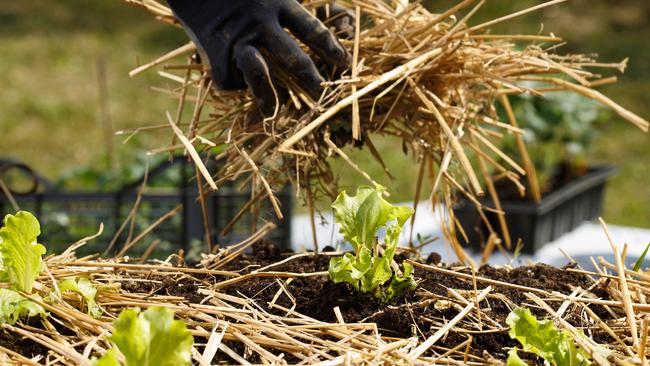
A CUT ABOVE
Adam Woodhams, horticulturalist and Victa Ambassador, says a lawn will be as much as 30 per cent cooler than hard surfaces such as driveways or paving in summer, so it’s worth looking after.
“Don’t mow too low,” he says. “A lawn left a little longer becomes self-insulating and is much more heat tolerant. When you walk barefoot on your lawn it should be comfortable underfoot — not too hard, not too soft. Also, feed both lawn and garden with a quality slow release fertiliser. Well-fed lawns are better able to resist hot, dry conditions.”
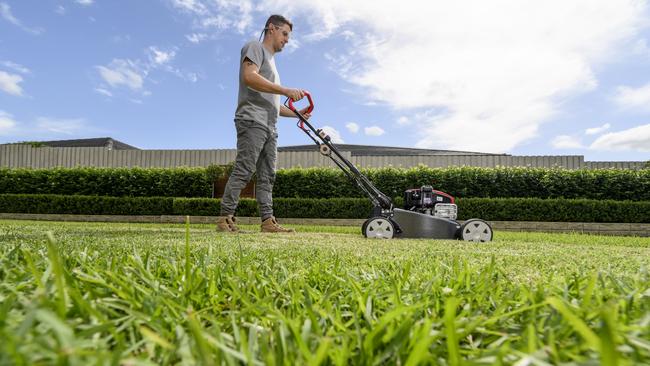
Originally published as Water restrictions: Experts tell how to save your garden


